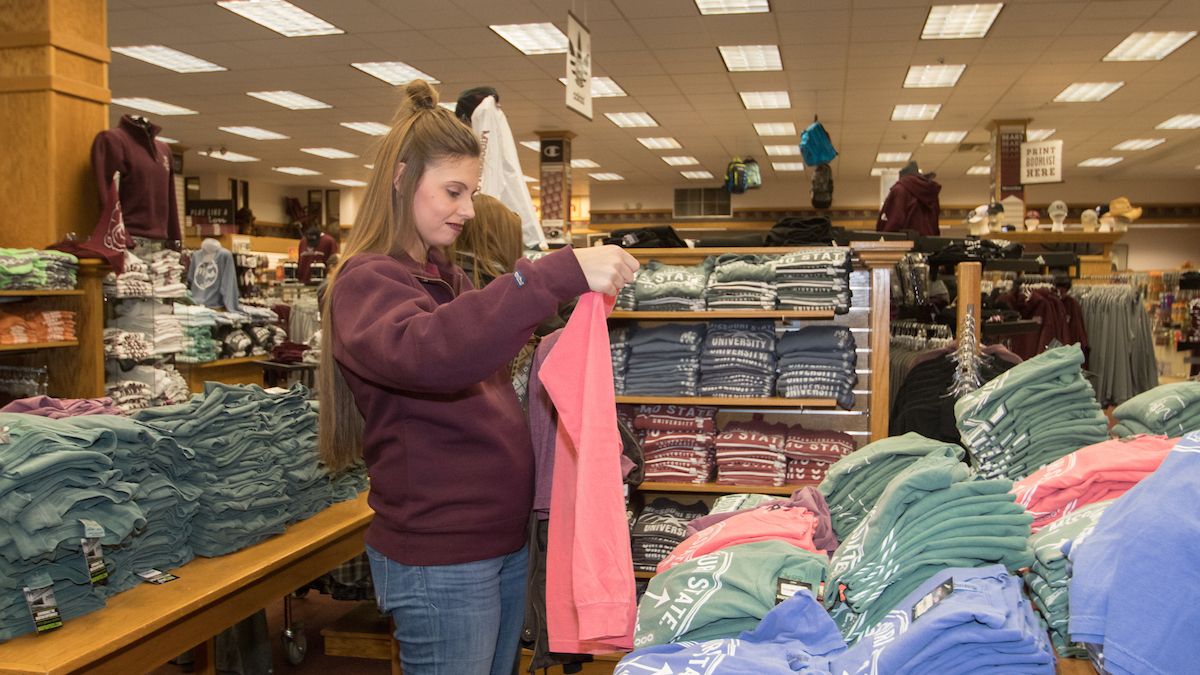Friday, April 22 is Earth Day. Want to be more eco-friendly? Let’s start with your shopping habits.
Brands have been greenwashing products for years. This tactic convinces consumers to spend more on similar products in favor of a “green” label.
“Brands started to realize that people care about green products,” said Dr. Jamie Grigsby, assistant professor of marketing at Missouri State University. “But sustainable practices come at a higher cost to the brand.”
“The greenwashing approach allows them to test the waters and see if a green label actually impacts demand.”
Why brands greenwash
Now more than ever, consumers want to support businesses that align with their values. A recent Nielsen report found that 73% of millennials and 62% of generation Z prefer to purchase from and support sustainable brands.
Reports like these often spark corporate interest in marketing products as eco-friendly. Companies may label their product with poorly defined buzzwords like ‘clean’ or ‘green.’
For brands, going green means large-scale commitment to long-term change, Grigsby explains. They may be hesitant to invest unless they are certain there will be a return on their investment.
The easier and cheaper answer is for brands to greenwash their products.
“Unregulated terms like ‘clean’ or ‘green’ can mean anything brands want them to mean,” Grigsby said.
“This allows them to compete with higher priced products from brands with actual sustainable missions.”
Become an eco-savvy shopper
So, how can you tell if a company is backing up its eco-conscious claims?
Grigsby recommends looking for companies that participate in third-party oversight like the Global Reporting Initiative (GRI). Organizations that participate in the GRI must meet a set of standards including environmental, social and economic impact.
Additional tips include:
- Shop for local meat and in-season produce when possible. The shorter distance between the farm to your table will not only mean fresher, tastier food but a reduced carbon footprint.
- Shop slow fashion and the secondhand market. The textile industry is responsible for 20% of global wastewater. Buying higher quality items that will last longer, shopping secondhand and taking care of the items you already have will help to reduce your personal impact.
- Familiarize yourself with the ecolabel index. This online directory can help you make sense of the ecolabels you see on everyday products, from hamburger meat to window cleaners to dishwashers.
Advocate for change
There is tremendous pressure on businesses to meet the social and environmental standards of their customers. Data shows that half of U.S. adults surveyed in a 2020 study have boycotted a business for failure to align with their principles.
“Consumers are also more skeptical of greenwashing now than in the recent past,” said Dr. Wesley Friske, associate professor of marketing at Missouri State.
Before making sustainability claims, Friske recommends that marketing professionals look at their company’s sustainability reports.
“Sustainability reports aren’t very exciting to read,” Friske said. “But if the report follows a legitimate, certifying agency’s standards like the GRI, then the information in the report should be credible and useful in deciding how to market a product.”

